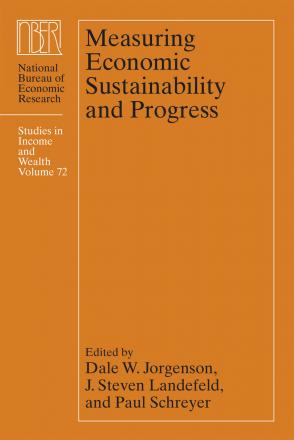Developing a Framework for Decomposing Medical-Care Expenditure Growth: Exploring Issues of Representativeness

Medical care expenditures have been rising rapidly over time and in 2009 health care accounted for 17.9 percent of GDP, but there are many areas where we have an incomplete understanding of spending growth in this sector. This is especially true of the commercial sector, where our primary data sources are often non-random convenience samples (i.e., available claims data from contributing insurers and employers). The goal of this paper is to better understand issues related to using convenience samples to obtain nationally representative estimates of the various components of expenditure growth. Using a multitude of weighting strategies, including weighted and unweighted estimates, we find similar qualitative results with higher prevalence and increases in medical care service prices being the key drivers of spending growth. Utilization per episode--which was relatively flat for both weighted and unweighted estimates--made no significant contribution to growth in spending. However, applying population weights provide quantitative results that align better with aggregate price and expenditure measures, including BEA price measures and commercial expenditure per capita estimates from the NHEA, and may be more useful for certain projection purposes.
-
Copy CitationAbe Dunn, Eli Liebman, and Adam Hale Shapiro, Measuring Economic Sustainability and Progress (University of Chicago Press, 2014), chap. 16, https://www.nber.org/books-and-chapters/measuring-economic-sustainability-and-progress/developing-framework-decomposing-medical-care-expenditure-growth-exploring-issues-representativeness.Download Citation


